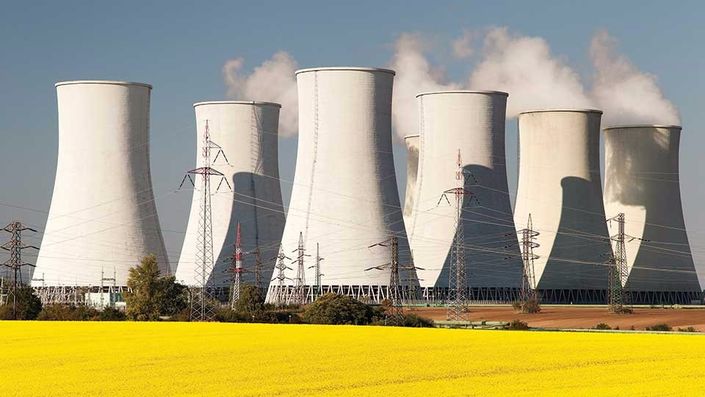
Module 20 : The Nuclear Revolution
ABOUT
The Nuclear Revolution introduces students to the generation of power from radioactive elements found on Earth. For this module, students take on the roles of members of the Subcommittee on Nuclear Energy for the government of Kinetya, a fictional Eastern European country. Working in teams, students examine whether nuclear power could help the country to reduce carbon dioxide emissions, attain greater energy independence, and increase energy sustainability. Students investigate the advantages and drawbacks of nuclear power in order to make a recommendation as to whether their fictional country should build new nuclear power plants.
In this module, students learn about nuclear energy and how nuclear power measures up to other sources of energy. They learn about the properties that make elements radioactive, the way nuclear reactions work, and the concept of the half-life of radioactive elements. Students explore techniques used for indirect measurement and learn how these techniques have allowed scientists to build their understanding of atoms. They also learn about the potential risks of using nuclear power, the challenges of storing spent nuclear fuel, and the ramifications of past nuclear accidents. Students explore statistics related to nuclear energy production, and consider how perceptions and emotions can sometimes be a more powerful influence on people’s decisions than factual information and data. Finally, students examine how nuclear fission is currently used as an energy source, what scientists’ hopes are for nuclear fusion, and how nuclear energy might be used in the future.

